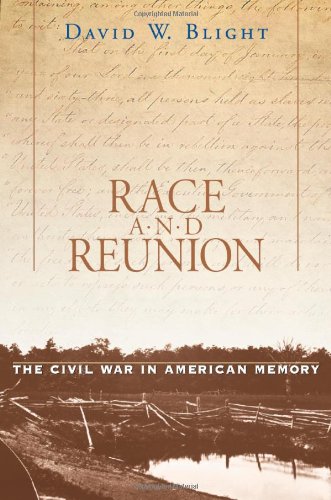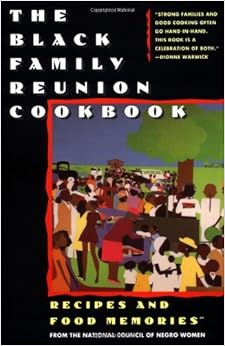The first widely-publicized observance of a Memorial Day-type observance after the Civil War was in Charleston, South Carolina, on May 1, 1865. During the war, Union soldiers who were prisoners of war had been held at the Hampton Park Race Course in Charleston; at least 257 Union prisoners died there and were hastily buried in unmarked graves.[13] Together with teachers and missionaries, black residents of Charleston organized a May Day ceremony in 1865, which was covered by the New York Tribune and other national papers. The freedmen cleaned up and landscaped the burial ground, building an enclosure and an arch labeled "Martyrs of the Race Course." Nearly 10,000 people, mostly freedmen, gathered on May 1 to commemorate the war dead. Involved were about 3,000 school children, newly enrolled in freedmen's schools, as well as mutual aid societies, Union troops, black ministers and white northern missionaries. Most brought flowers to lay on the burial field.
David Blight, describing the first Decoration Day:
This was the first Memorial Day. African Americans invented Memorial Day in Charleston, South Carolina. What you have there is black Americans recently freed from slavery announcing to the world with their flowers, their feet, and their songs what the war had been about. What they basically were creating was the Independence Day of a Second American Revolution.
Blight does say he hasn't come across any evidence that this first observance of the fallen in the Civil War -- or the true American Revolution -- "that it led to General Logan's call for a national holiday." On the official federal government sites this history of Charleston, S.C.'s African Americans' role in establishing Decoration Day is utterly absent.
However, Memorial Day as Decoration Day is now called, is a traditional date for southern Atlantic Coastal African American family reunions. Today, as we drive along highways and other roads less trafficked than the interstates in South Carolina and Georgia, there are myriads of large hand-made signs, often topped with bunches of eye-catching balloons, announcing the Family Reunion Name, with arrows pointing to which off-roads from the county highways, so that more distant relatives can orient themselves. This seems to testify about Decoration Day on that long past date in May, 1865. Roughly 179,000 African Americans served in the Union Army, and at least 40,000 died. The Sea Islands and Low Country provided the first "contrabands" to the Union side immediately the so-called CSA fired the first shots. On that first Decoration Day, the free African Americans of Charleston, South Carolina, honored the white fallen soldiers of the Union.*
------------------
* It hasn't escaped my historical notice, however, that most of white Charleston, and most particularly the white powerful wealthy Charlestonians, were not then currently in residence in Charleston, because 1) they lost the war; 2) it was occupied by the United States army; 3) Lincoln's assassination was driving a manhunt still, since John Wilkes Booth was dead, attempting to find high ranking CSA types who may or may not have been a part of the assassination conspiracy.





No comments:
Post a Comment